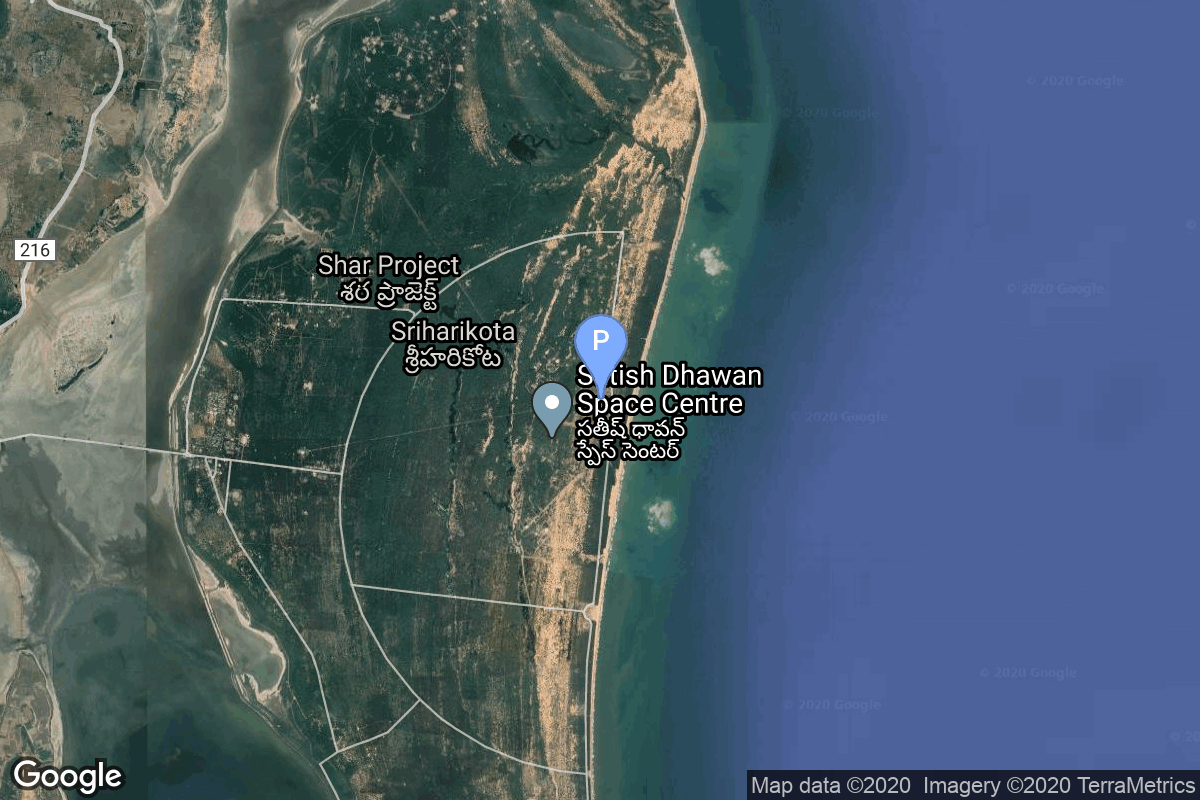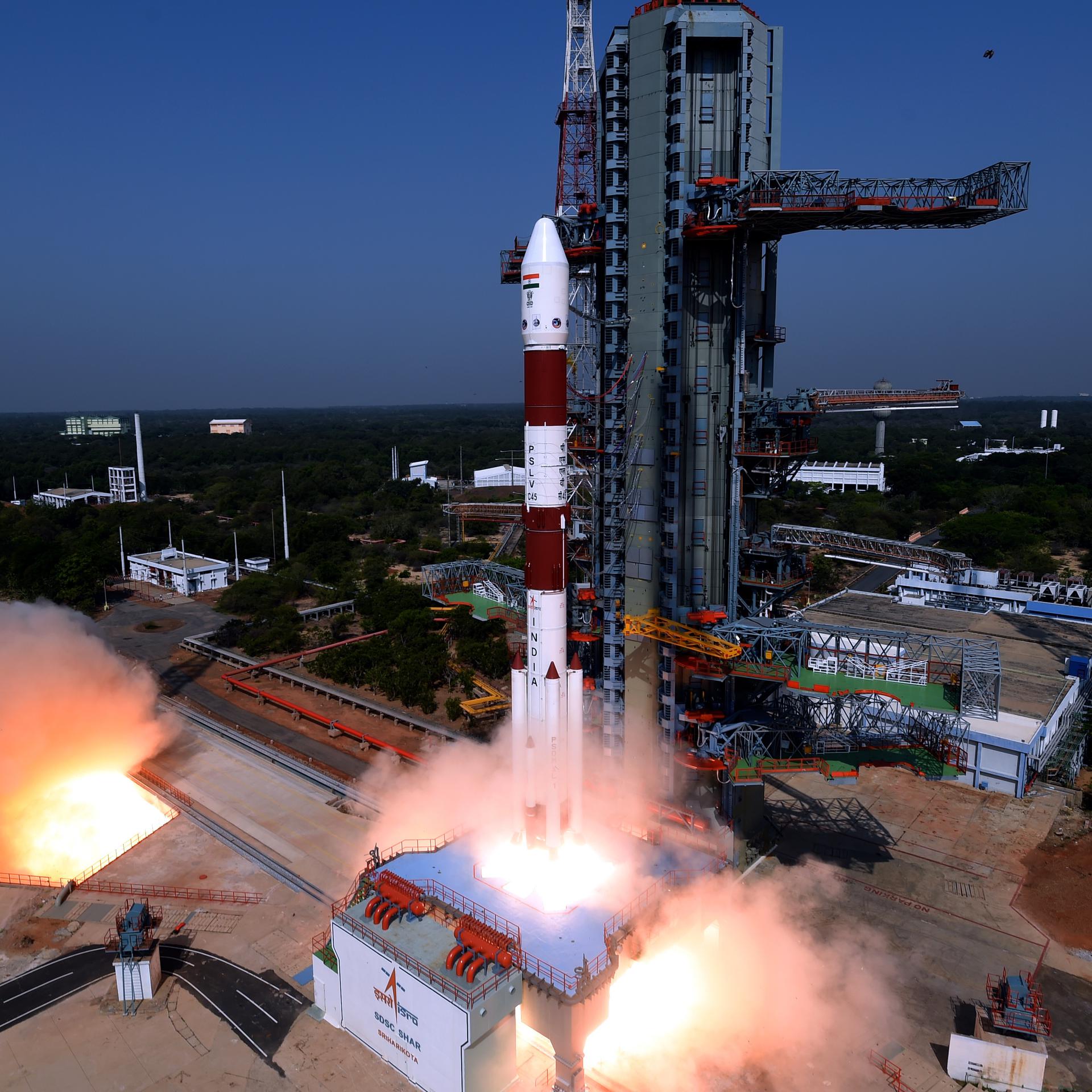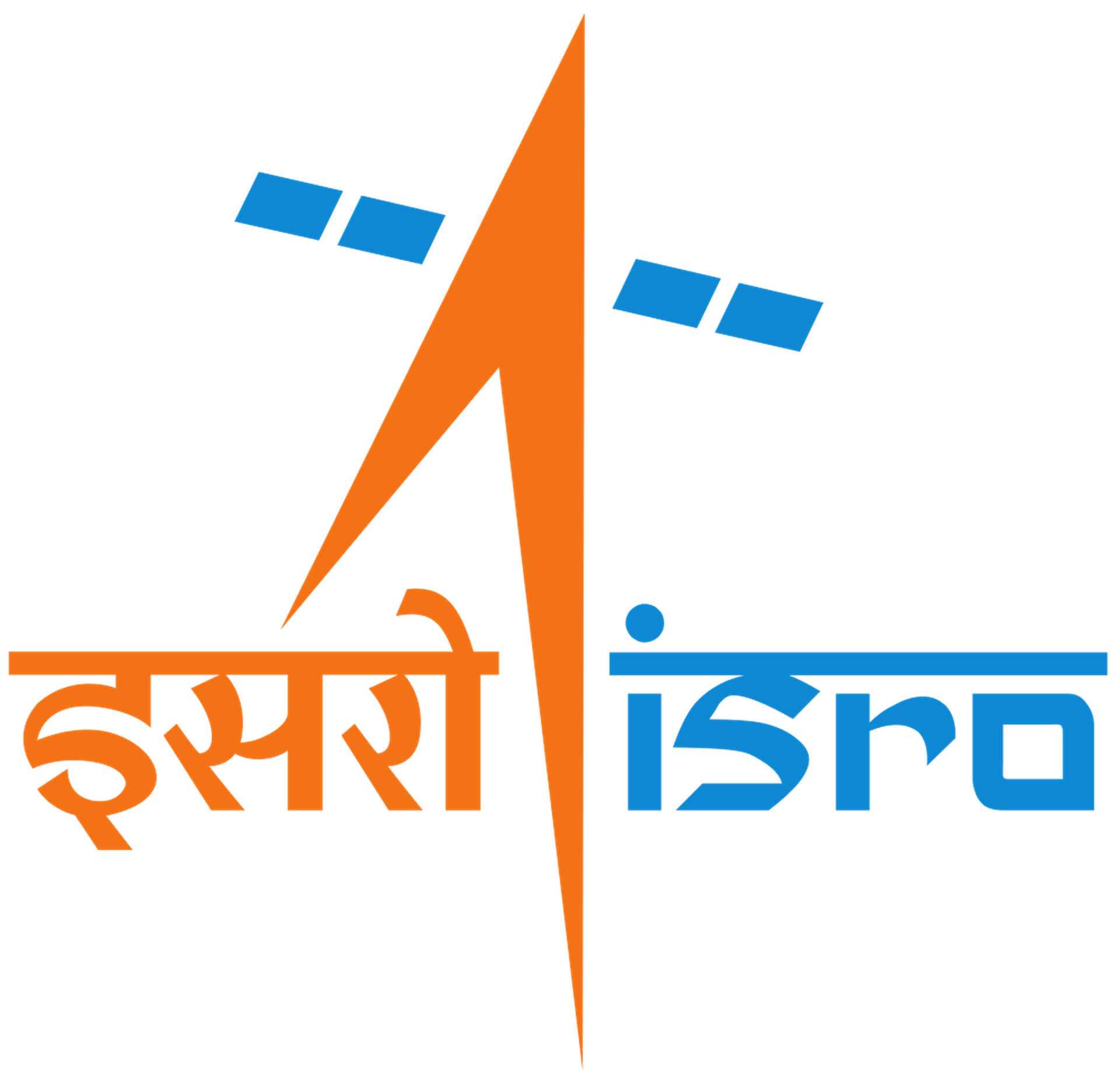KALPANA-1
PSLV
Indian Space Research Organization
Mission
KALPANA-1
- Type: Earth Science
- Orbit: Geostationary Orbit
- Launch Cost: $21,000,000
Kalpana-1 was the first dedicated meteorological satellite launched by Indian Space Research Organisation using Polar Satellite Launch Vehicle on 12 September 2002. The satellite is three-axis stabilized and is powered by solar panels, getting up to 550 watts (0.74 hp) of power. The METSAT bus was used as the basis for the Chandrayaan lunar orbiter mission of 2008.
Location
Satish Dhawan Space Centre First Launch Pad
Satish Dhawan Space Centre, India
Satish Dhawan Space Centre First Launch Pad has witnessed the launch of 58 rockets, including 57 orbital launch attempts, while Satish Dhawan Space Centre, India, has been the site for 94 rocket launches.
Rocket
Indian Space Research Organization PSLV
The Polar Satellite Launch Vehicle (PSLV) is an expendable medium-lift launch vehicle designed and operated by the Indian Space Research Organisation (ISRO). It was developed to allow India to launch its Indian Remote Sensing (IRS) satellites into sun-synchronous orbits, a service that was, until the advent of the PSLV in 1993, commercially available only from Russia. PSLV can also launch small size satellites into Geostationary Transfer Orbit (GTO).
Agency
Indian Space Research Organization
The Indian Space Research Organisation (ISRO) is the space agency of the Government of India headquartered in the city of Bangalore. Its vision is to “harness space technology for national development while pursuing space science research and planetary exploration.”


